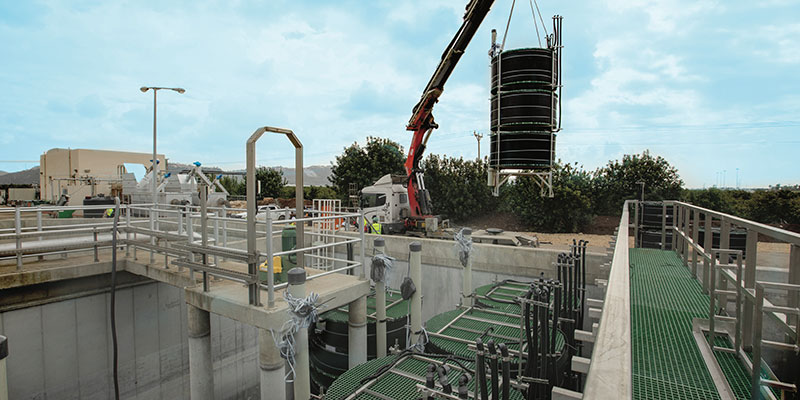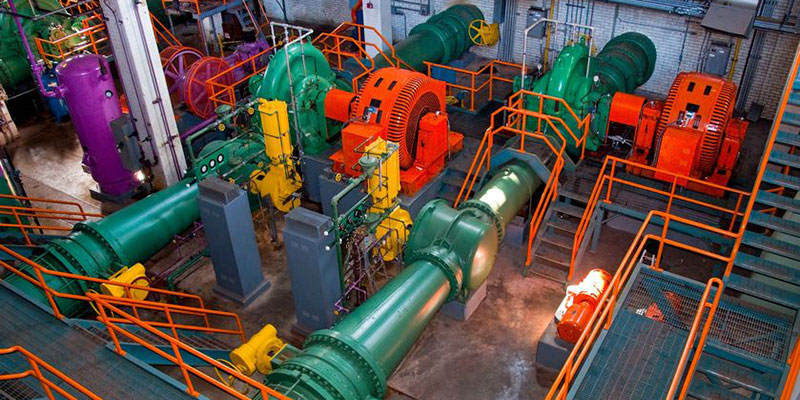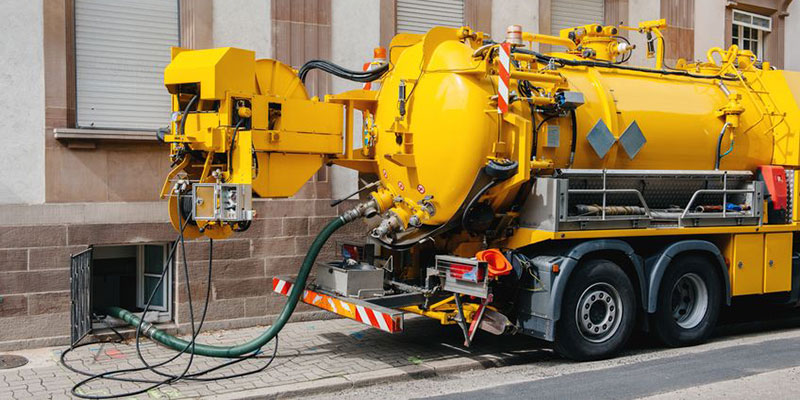A look at Fluence’s top blog posts of 2021 showed an interest in innovations to manage water more sustainably.
Readers of our Water Sustainability Blog searched for innovation in a year of water wake-up calls
2021 What a year. In the midst of the pandemic, we received many water wake-up calls, like images of Lake Meade’s “bathtub ring,” that show just how much its water level has dropped, and eerie views of Mexican towns emerging in depleted reservoirs for the first time since dam projects flooded them decades ago. If they didn’t give us pause, in Taiwan, home to 66% of global microchip production, the worst drought in half a century virtually halted production.
However, Fluence sees great cause for optimism. If our top-ranked blog posts are any indication, there seems to be a new onrush of interest in innovations to manage water more intelligently.
Here are our top blogs from 2021.
What Is MABR?

Fluence’s MABR product line includes SUBRE, which uses towers of MABR units to retrofit existing wastewater treatment plants, increasing capacity and nutrient removal.
We think one of the most exciting innovations in recent years is our membrane aerated biofilm reactor (MABR) technology, and our blog visitors agreed. Our “What Is MABR?” post was our most-visited of the year.
Why is MABR so exciting? It simplifies biological wastewater treatment while slashing energy use and increasing nutrient removal to the point that water can be used for irrigation and other nonpotable applications.
Instead of sludge beds, MABR relies on a spirally wound membrane with a robust biofilm that performs nitrification-denitrification in a single tank. And, its passive aeration lowers energy needs.
Fluence’s compact MABR units are available in several products, including Aspiral™ Smart Packaged plants, SUBRE for upgrading existing activated sludge plants, and Nitro for shortcut nitrogen removal.
Reducing the Costs of Water and Wastewater Treatment Pipelines
Pumping stations, which are a necessity in extensive pipeline systems, add a lot to CAPEX and OPEX. With decentralized systems, treatment occurs at the point of need, drastically reducing these expenses.
Our visitors were searching for a way around one of the largest obstacles to treatment and reuse projects: high pipelining costs. They found it in our “Reducing the Costs of Water and Wastewater Treatment Pipelines” post.
Pipelining to distant, centralized plants routinely accounts for more than two-thirds of treatment plant CAPEX, but there’s another way: decentralization.
Strategically positioning smaller plants eliminates much of the need for pipelines, particularly specialized large-diameter pipes required for large-scale infrastructure. In the case of water recycling, for instance with Aspiral™ plants, water is available for reuse locally.
What Is Water Resilience?
Watersheds play an important role in water resilience by slowing the progress of water to oceans, encouraging absorption.
If our blog visitors are any indication, more and more people want to know about adapting to the water stress that’s becoming common throughout the world.
Our “What Is Water Resilience?” post was a popular pick, taking the reader from the term’s origin with 17th-century statesman and philosopher Francis Bacon through its entry into ecological science to its modern usage. It’s also a primer on resilience strategies and technologies, including decentralization, water reuse, desalination, and managed aquifer recharge.
Removal of Fat, Oil, and Grease From Wastewater
A truck works to clean up sewage overflow from a blocked line. In the U.S., FOG is responsible for almost half of sanitary sewer overflows.
One common problem that often flies under the radar of the general public is the presence of fat, oil, and grease (FOG) in wastewater. FOG can cause sewer overflows, flooding, and environmental damage when discharged in volumes and concentrations like those observed in food-sector wastewater, which routinely has an organic load 10 times that of domestic wastewater.
It’s encouraging that our blog visitors made our “Removal of Fat, Oil, and Grease from Wastewater” post one of our most popular. They learned how businesses can lower water bills with on-site dissolved air floatation treatment and even recover energy from FOG-rich wastewater with anaerobic digestion.
How Waste-to-Energy Can Restore Our Earth
One way we can begin to restore our Eart is with anaerobic digestion, a process that can harvest up to five times as much energy from organic wastewater as used to treat it.
We celebrated Earth Day 2021’s Restore Our Earth theme with a post about to how waste-to-energy systems can do just that. It became one of our top five. The most effective and sustainable way to recover energy from waste is anaerobic digestion, which produces biogas that can be refined to the same standard as natural gas. Every unit of this carbon-neutral fuel used represents a unit of fossil fuel that remains in the ground.
Follow the Fluence Blog in 2022
While we face new water realities, our visitors are breaking free of the 20th-century water and wastewater treatment paradigm. We’re inspired to see that many of our readers wanted to learn more about mature technologies and strategies for transforming the way we manage water for a resilient future. As more people learn about the advantages of decentralized treatment and MABR, Fluence is here with the technology and expertise to help make those visions become a reality.
For more blogs from 2021, visit our website, and subscribe to up-to-date on the latest developments in water and wastewater in the new year. And if you’re interested a quote or more information about our products, don’t hesitate to contact us.





